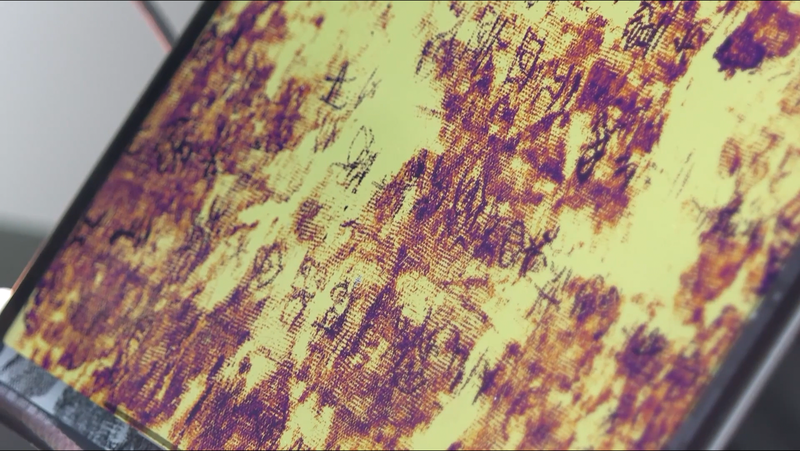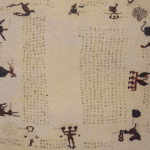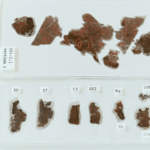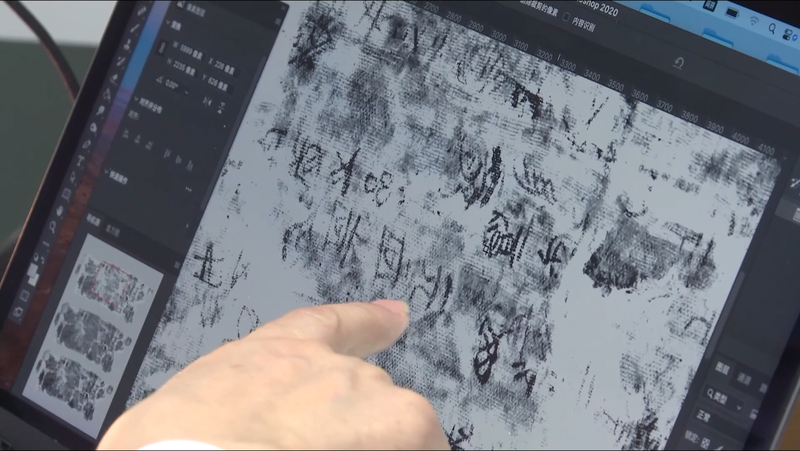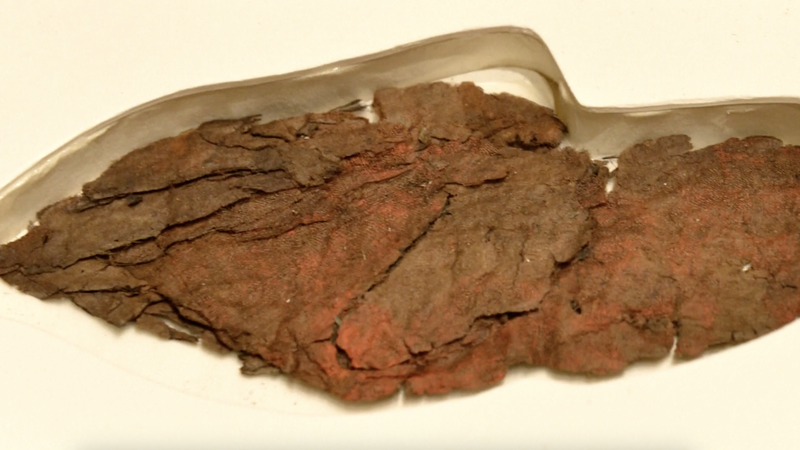In a fusion of ancient history and cutting-edge technology, researchers in Hunan have uncovered over 40 previously invisible characters on the 2,000-year-old Zidanku Silk Manuscripts using infrared imaging. The texts – recently repatriated from the Smithsonian's National Museum of Asian Art – are reshaping our understanding of China's intellectually vibrant Warring States period (475–221 BCE).
"This breakthrough helps us reconstruct the manuscripts' original structure like solving a millennia-old puzzle," said lead researcher Dr. Zhang Wei. The newly revealed characters, once thought lost to time, promise fresh perspectives on subjects ranging from celestial observations to military strategy formulation methods used by ancient scholars.
Previous analyses identified the manuscripts as multidisciplinary records containing:
- Astronomical charts tracking planetary movements
- Lunar-solar calendar integration systems
- Cosmological theories linking heaven and earth
- Divination techniques for battlefield decisions
Cultural preservation experts highlight the project's significance for both academia and public engagement. The Hunan Museum plans to integrate these findings into digital exhibitions, making fragile artifacts accessible to global audiences while ensuring their physical protection.
This discovery coincides with growing international interest in pre-Qin dynasty Chinese philosophy, offering researchers new primary sources to analyze the conceptual frameworks that shaped early East Asian thought.
Reference(s):
Rediscovering the Warring States manuscripts through technology
cgtn.com
